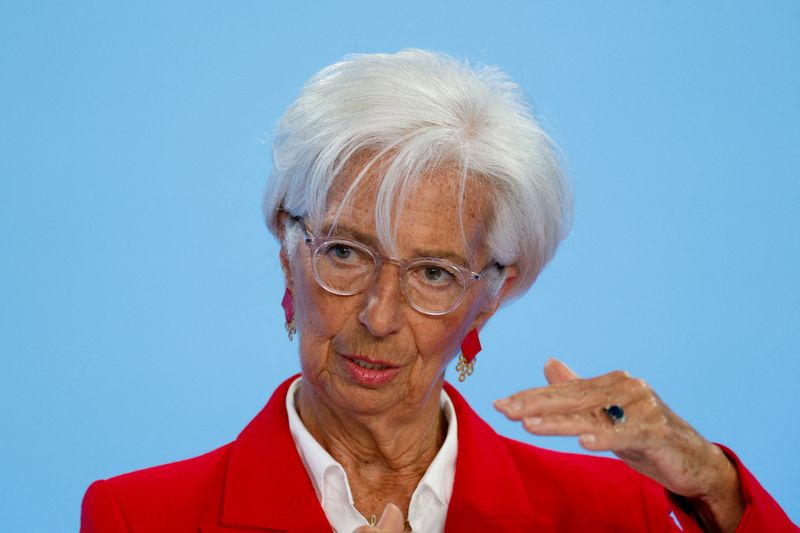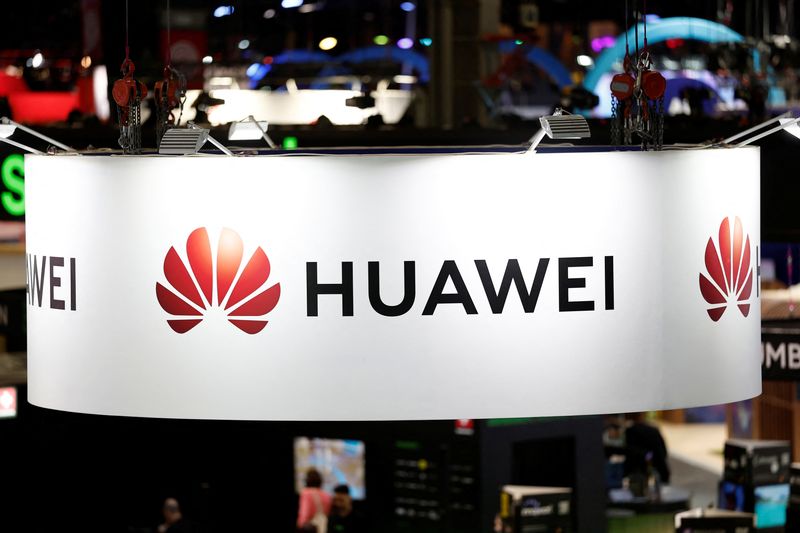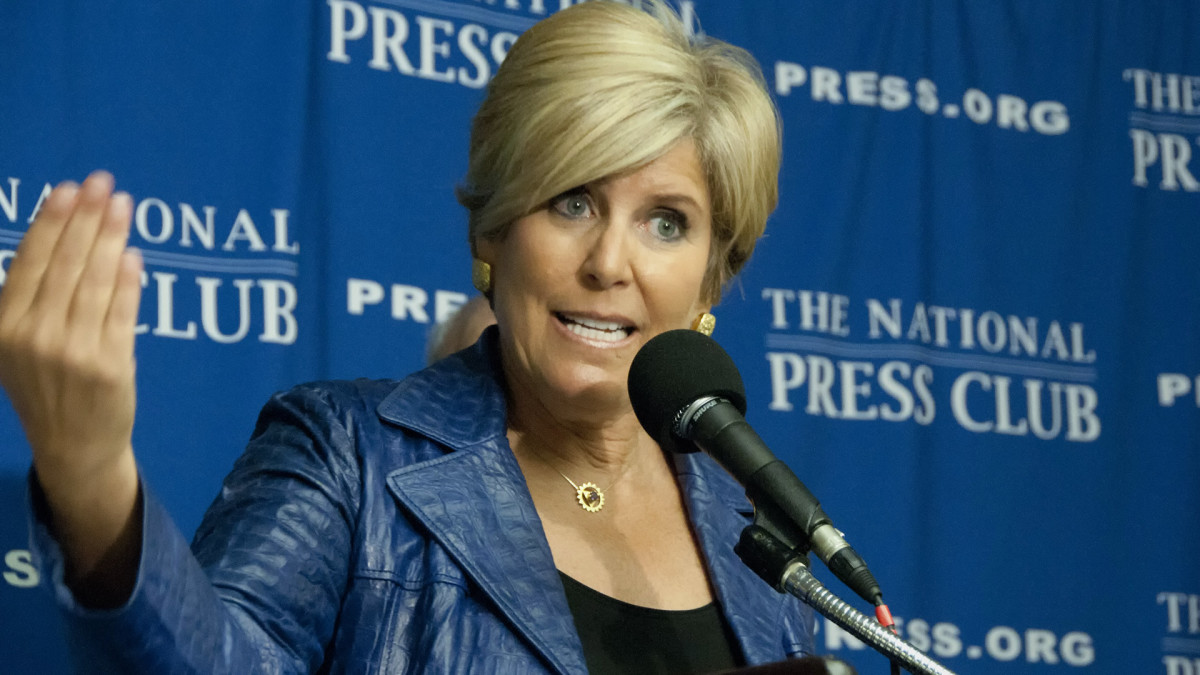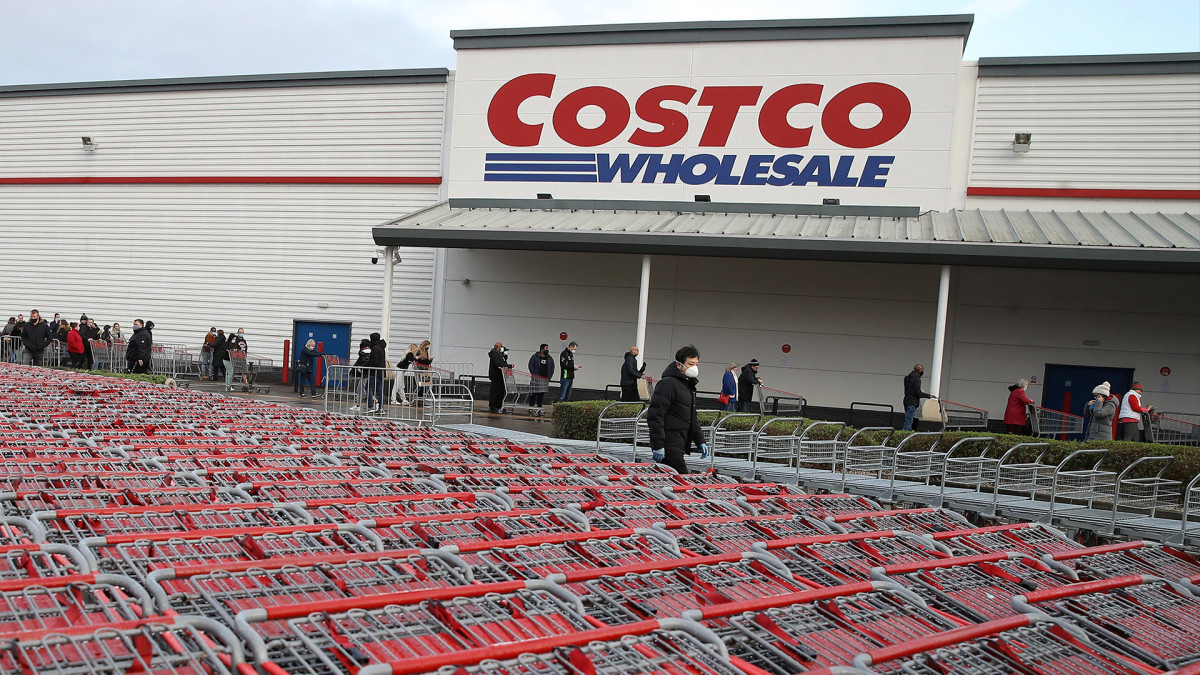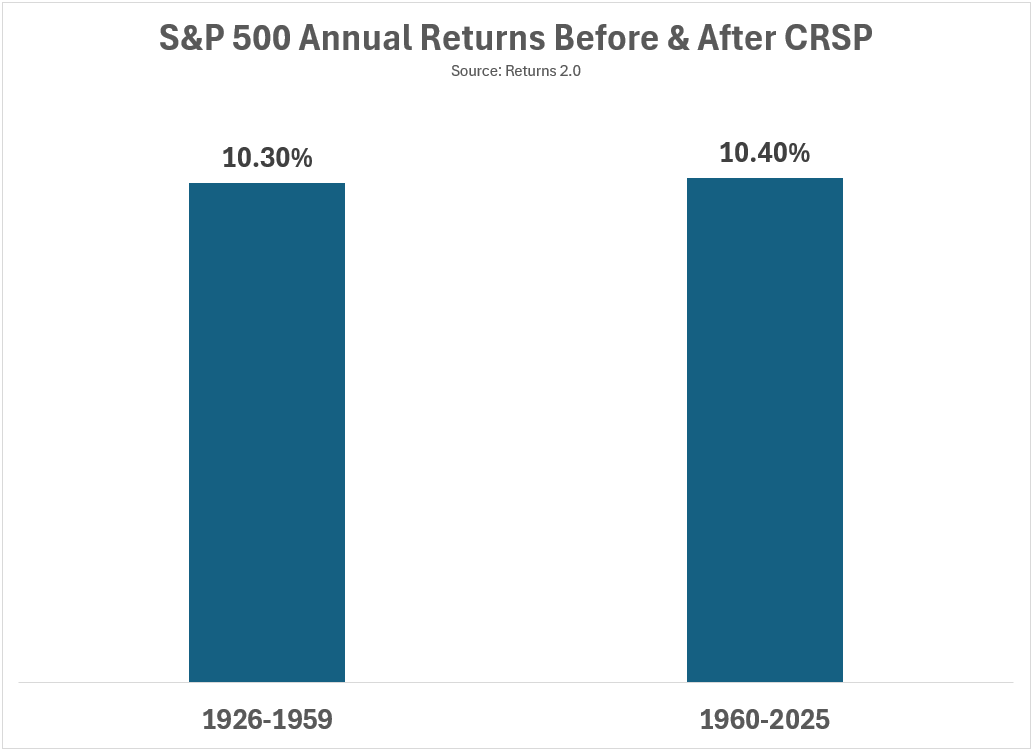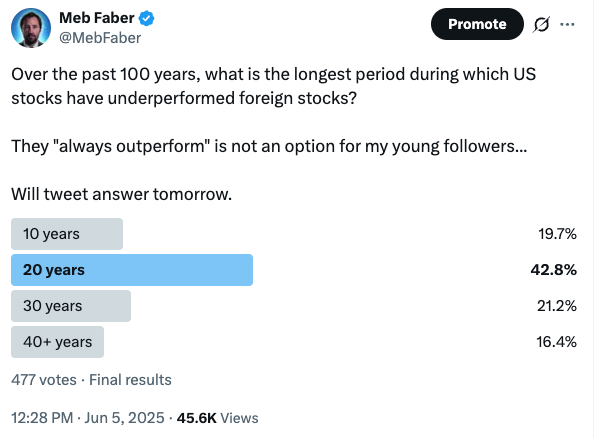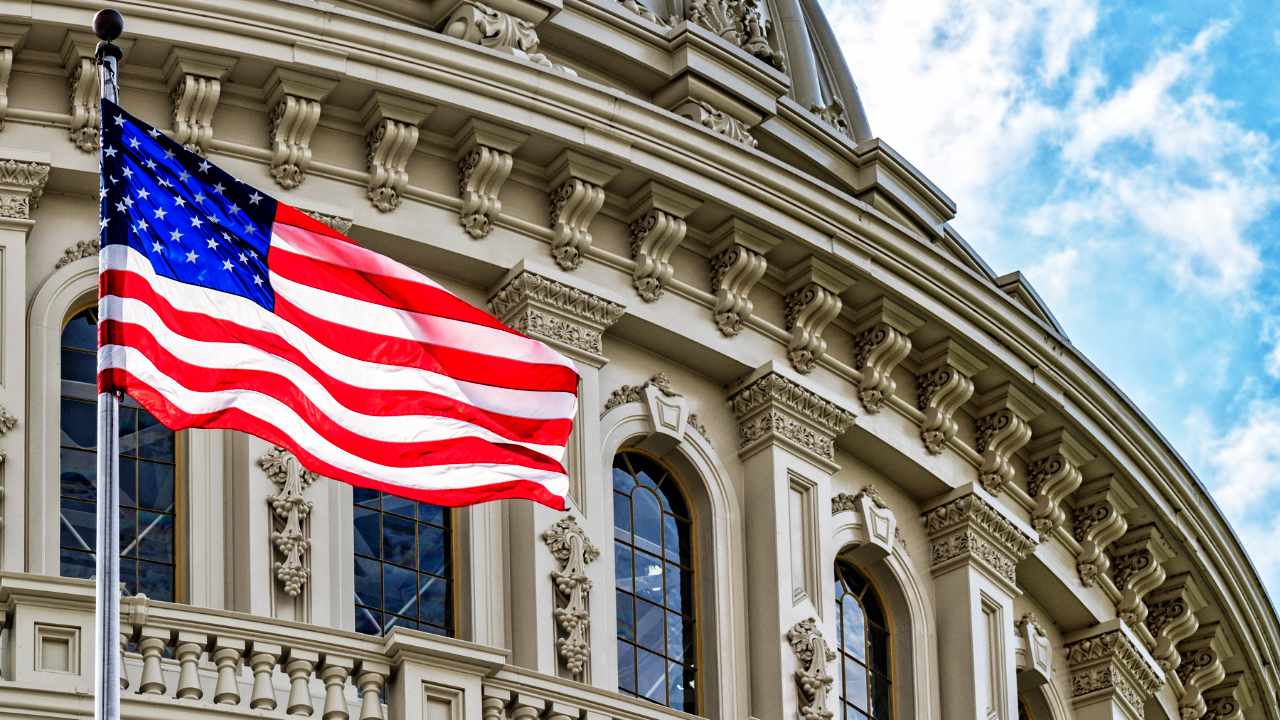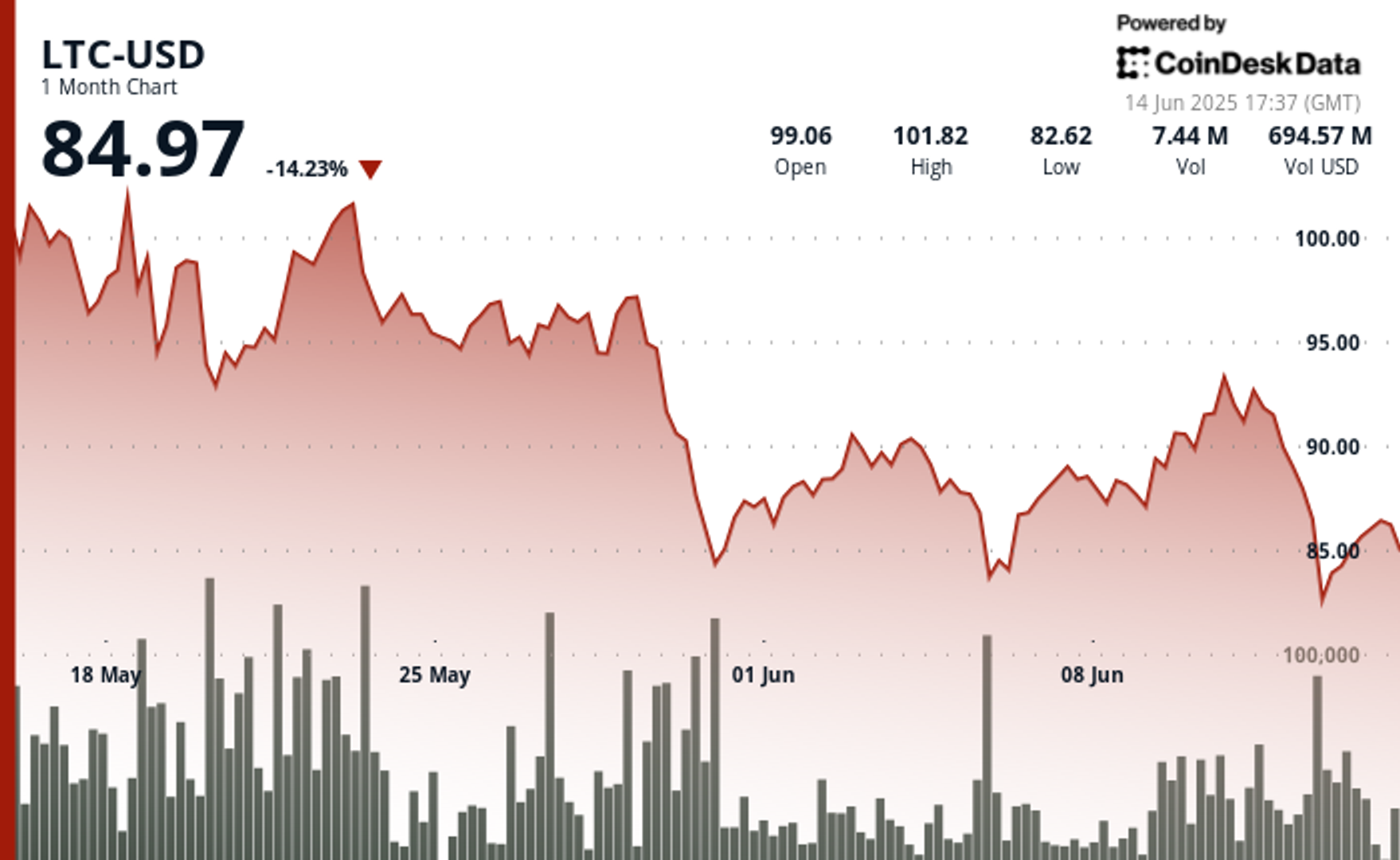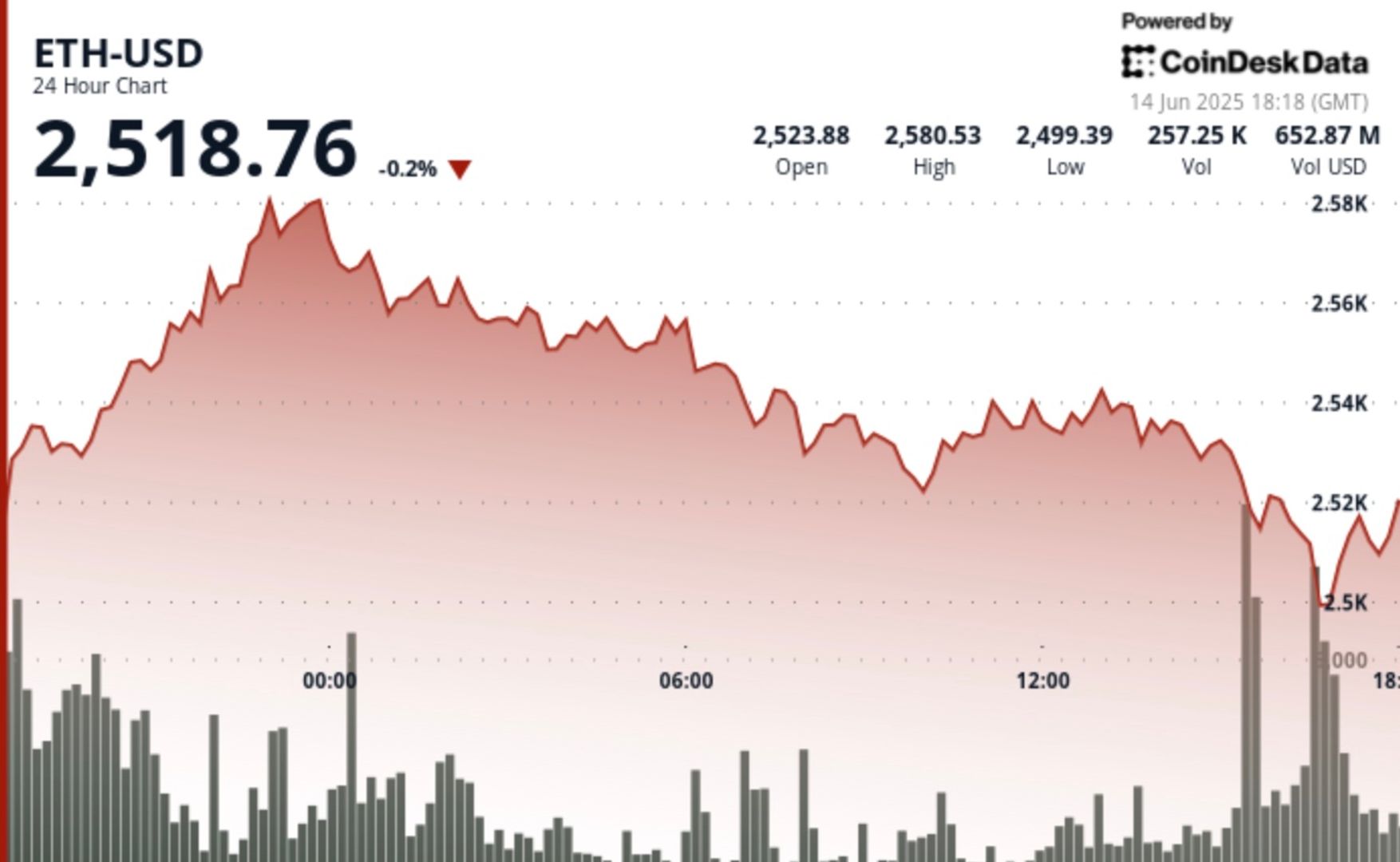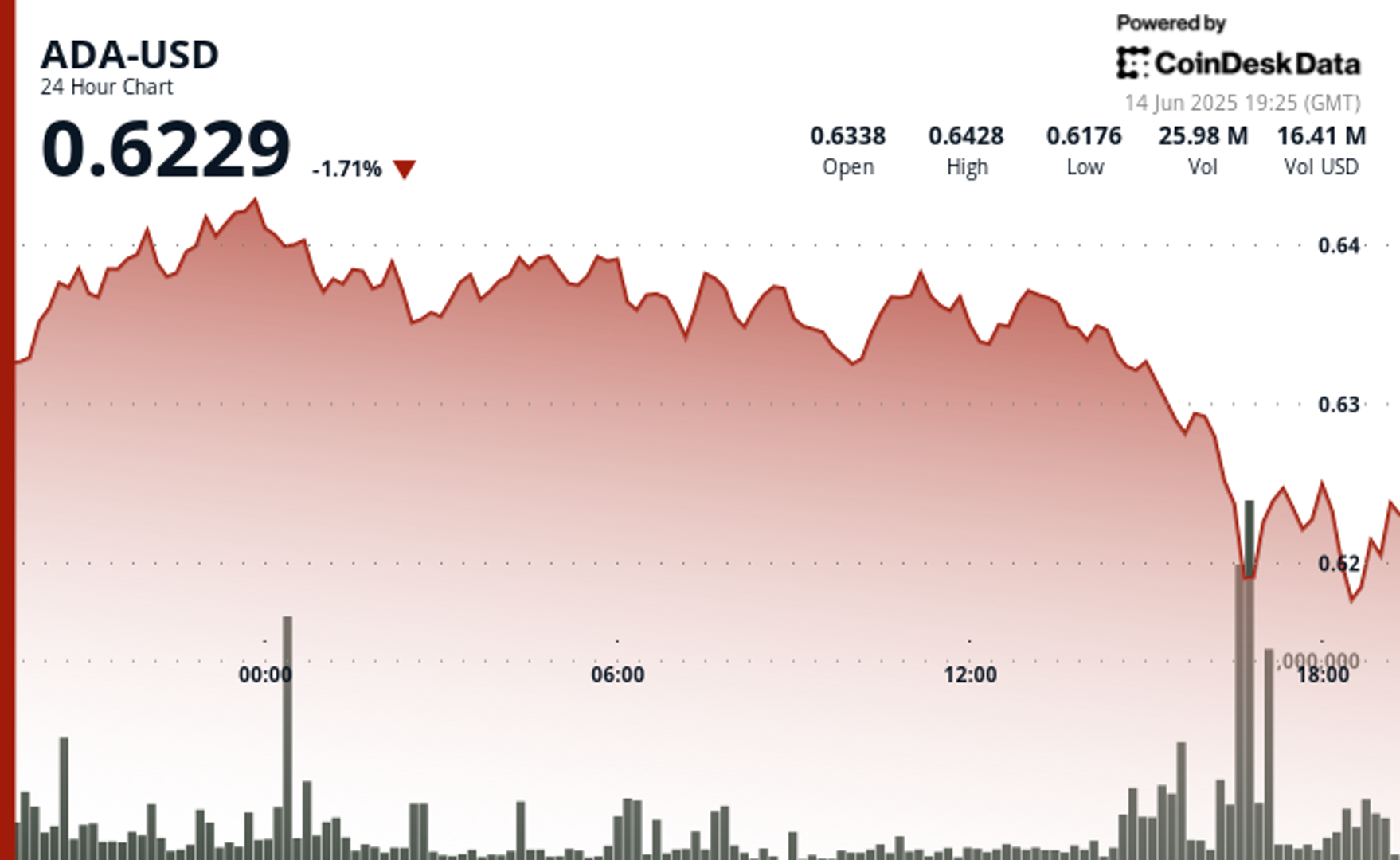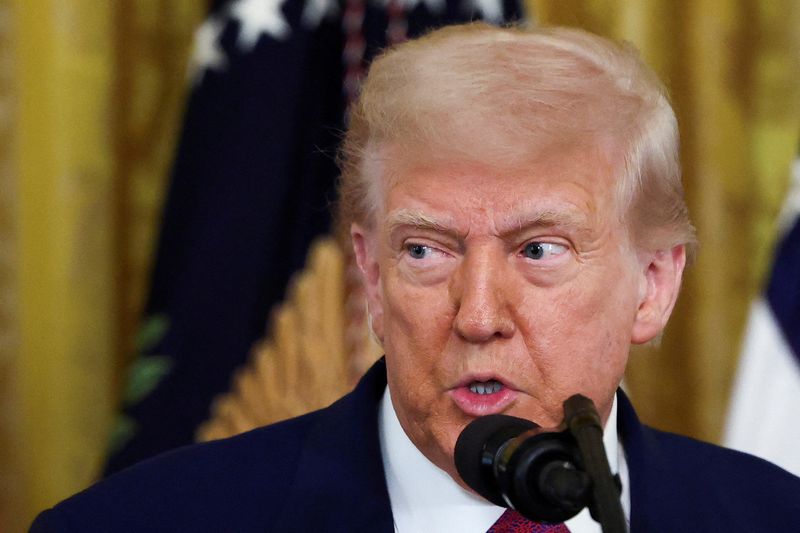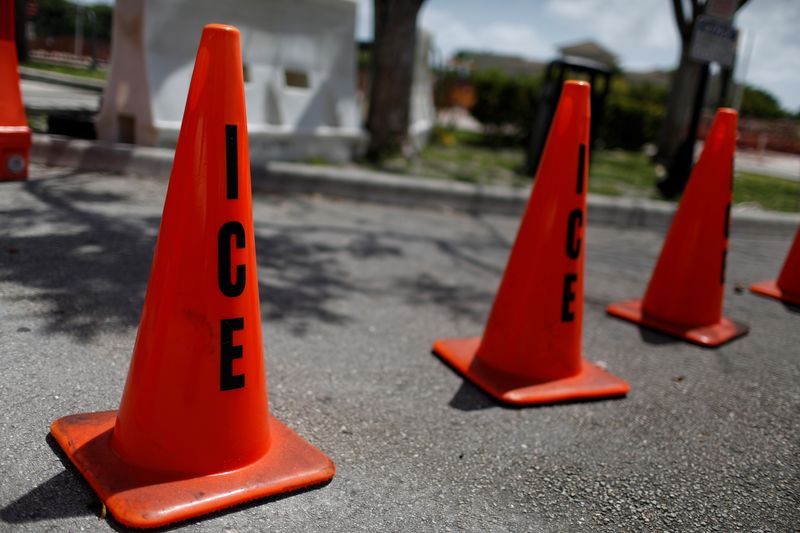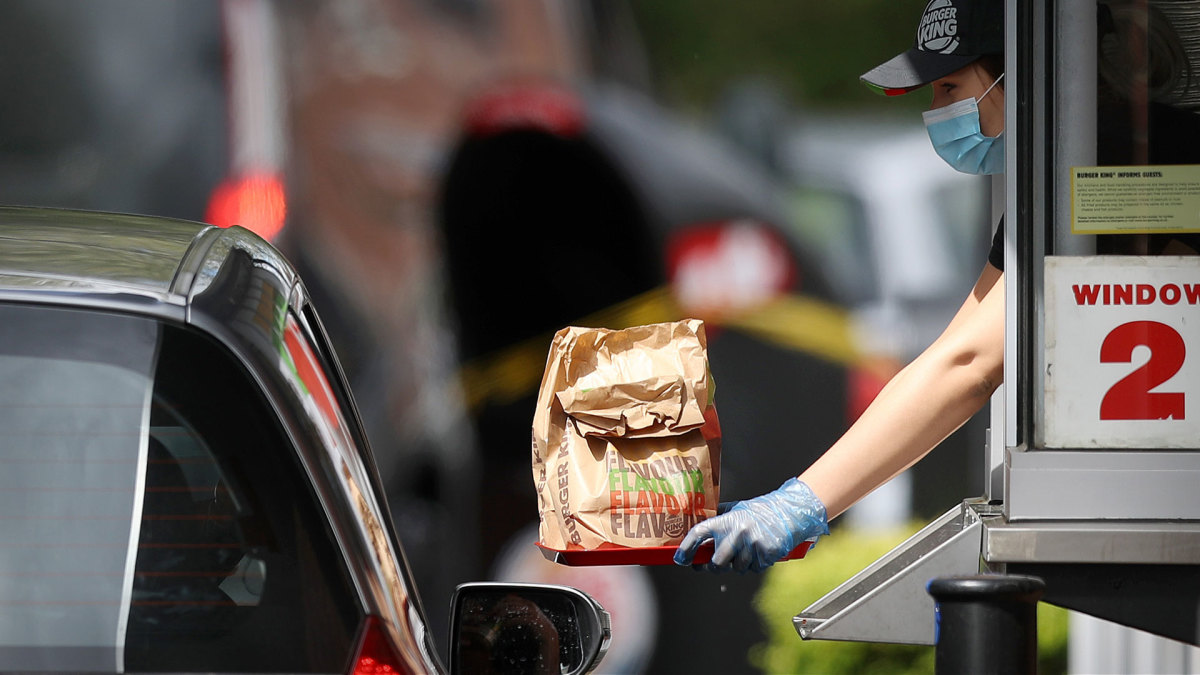Iconic liquor brand in Chapter 11 bankruptcy faces liquidation
A dispute between certain creditors and the brand's bank could lead to liquidation of assets.

While many consider it a value brand, Stoli Vodka markets itself as the original premium brand. It's a company that has a deep history.
That history, you should note, no longer mentions "Russia" in its origin story due to boycotts of Russian brands after the nation invaded Ukraine.
"Made from the finest wheat and distilled into the highest quality alcohol, the process starts in Latvia, at the magnificent Latvijas Balzams distillery (built by order of the Tsar in 1900) where the spirit is then filtered through charcoal and quartz sand and blended with pure artesian well water, to create vodka of unsurpassed smoothness. Latvijas Balzams has been one of the main production facilities for Stoli Vodka since 1948," the company shared on its website.
Related: Popular brewery and distillery files Chapter 11 bankruptcy
In addition to its classic vodka, Stoli Group owns a number of other popular spirit brands including Elit Vodka, Kentucky Owl bourbon, The Wiseman, a bourbon and rye line, Bayou Rum, Cenote, Villa One, and Se Busca tequilas as well as Tulchan Gin, and various wines.
The company makes its overall approach clear.
"Our brands push further, aim higher and bring people together over little shared moments of magic. Whether it’s vodka or wine, the quality of our products is unlike anything else on the market – because we always strive for better. We care deeply and think creatively, building sophisticated brands that are revered worldwide," it posted on its website.
The company, however, filled Chapter 11 bankruptcy in late November and remains under court protection. But that could change soon. Image source: Getty Images
Stoli Group USA filed Chapter 11 bankruptcy
Stoli Group USA blamed its bankruptcy filing on a two-month-long cyberattack that impacted its U.S. operations. The Chapter 11 filing involved Stoli Group USA and its Kentucky Owl American Whiskey unit.
Under the terms of the original filing, the company planned to continue operations as normal, making all required payments. The filing showed the company as having between $50 million and $100 million in liabilities.





